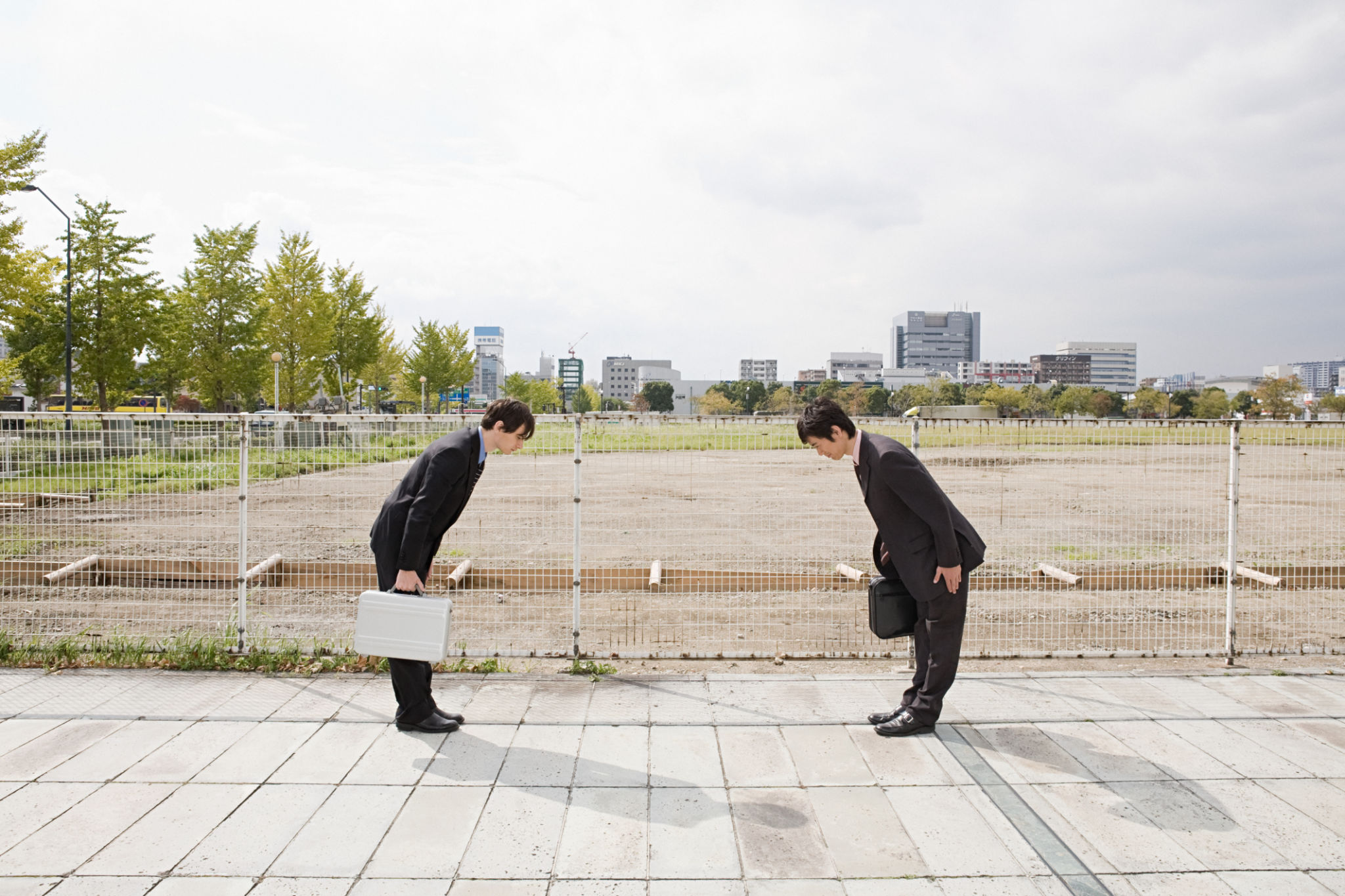The Ultimate Guide to Eco-Friendly Construction Practices
Introduction to Eco-Friendly Construction
As the world becomes increasingly aware of the environmental challenges we face, the construction industry is stepping up to incorporate sustainable practices. Eco-friendly construction is not just a trend; it’s a necessity for reducing our carbon footprint and preserving the planet for future generations. In this guide, we will explore various eco-friendly construction practices that are not only beneficial for the environment but also cost-effective in the long run.

Sustainable Materials
Recycled and Reclaimed Materials
One of the most impactful ways to make construction projects eco-friendly is by using recycled and reclaimed materials. These materials reduce the need for new resources and decrease waste. For example, reclaimed wood can be used for flooring, and recycled metal can be utilized in structural components. This approach not only conserves natural resources but also adds unique character to the building.
Locally Sourced Materials
Choosing materials sourced locally can significantly reduce the carbon emissions associated with transportation. Locally sourced materials often require less energy to transport, and supporting local suppliers helps boost the local economy. Using materials that are native to the region can also enhance the building’s harmony with its natural surroundings.

Energy Efficiency
Insulation and Windows
Proper insulation is crucial for maintaining energy efficiency in buildings. It helps regulate indoor temperature, reducing the need for heating and cooling systems. Additionally, installing energy-efficient windows can further enhance insulation, allowing natural light while minimizing heat loss. These practices lead to significant energy savings over time.
Renewable Energy Sources
Incorporating renewable energy sources such as solar panels or wind turbines into construction projects is a highly effective way to reduce reliance on fossil fuels. These technologies not only provide clean energy but can also offer long-term savings on energy bills. Moreover, government incentives for renewable energy installations can offset initial costs.

Water Conservation
Rainwater Harvesting Systems
Implementing rainwater harvesting systems enables buildings to collect and store rainwater for various uses, such as irrigation and flushing toilets. This practice reduces dependency on municipal water supplies and is a proactive step towards water conservation.
Low-Flow Fixtures
Installing low-flow fixtures like toilets, faucets, and showerheads can drastically reduce water usage in buildings. These fixtures maintain performance while using less water, contributing to both environmental conservation and cost savings on water bills.

Conclusion
The shift towards eco-friendly construction practices is an essential part of creating a sustainable future. By incorporating sustainable materials, enhancing energy efficiency, and conserving water, the construction industry can play a pivotal role in protecting our planet. Embracing these practices not only benefits the environment but also offers long-term economic advantages. As we continue to innovate and adopt greener methods, we pave the way for a more sustainable and responsible approach to building.
